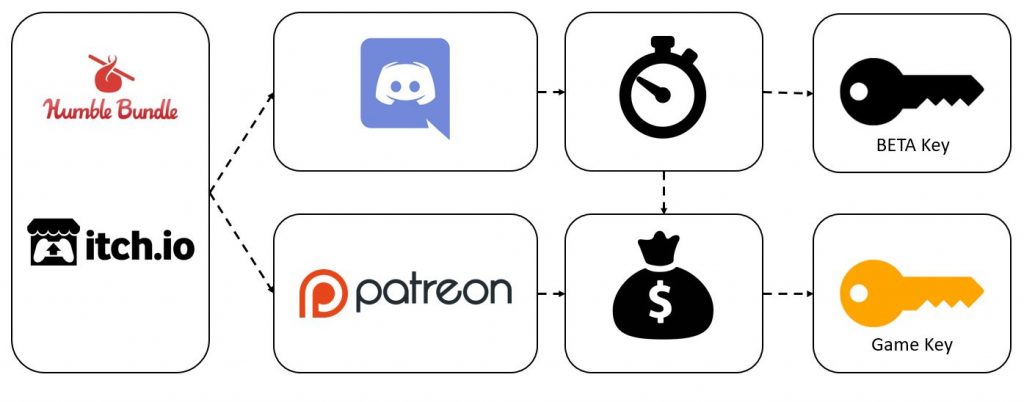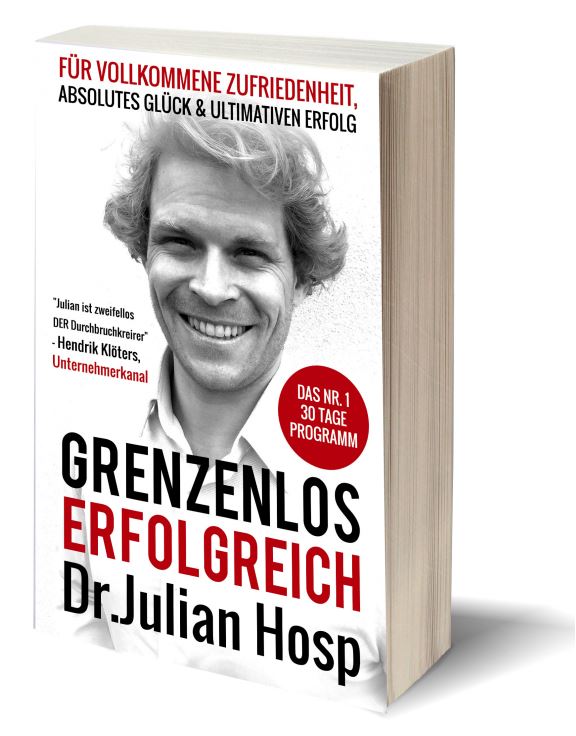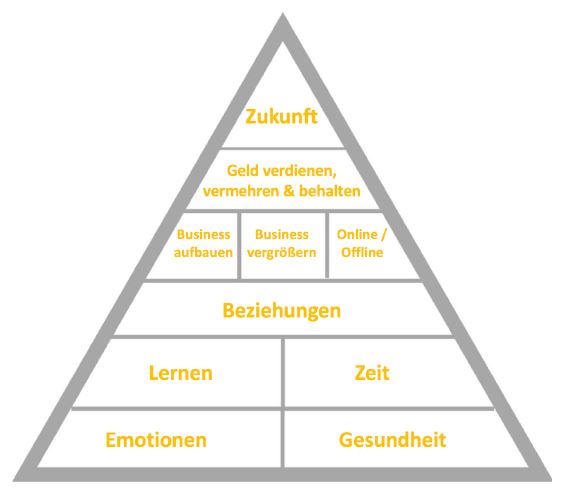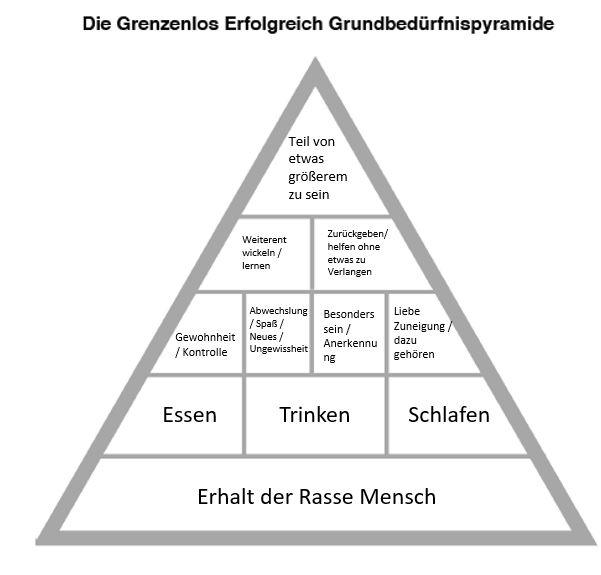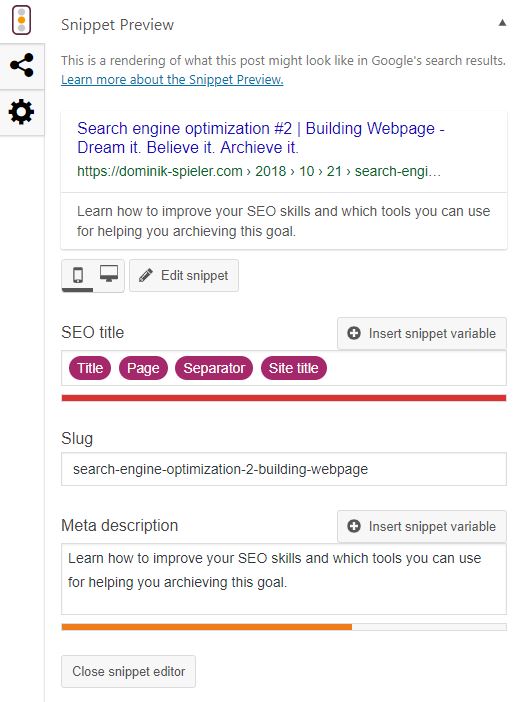Read the German Version
In diesem Blogbeitrag habe ich für dich meine fünf Lieblingsbücher zum Thema Money management und Mindset kurz und knapp zusammengefasst.
1. Rich dad Poor dad
Die Reichen sind reich an Informationen, Motivation und Willenskraft.
Sie packen die Dinge an und ihnen ist es egal was andere um sie herum sagen. Im Buch spricht er von seinem reichen Vater, ein Unternehmer und seinem armen Vater, ein Lehrer. Von seinem armen Vater lernt er gut in der Schule zu sein, um einen festen Job zu bekommen. Für Geld zu arbeiten. Sein reicher Vater lehrt ihn hingegen, das Geld für ihn arbeiten zu lassen und seine Zeit nicht an Wert zu knüpfen. Den Unterschied von Wertanlagen und Verbindlichkeiten gilt es zu kennen und für sich zu nutzen. Er lernte früh zu investieren und weiter zu machen, auch wenn alle anderen den Kopf schüttelten. Vermögenswerte sind Dinge, die zwar etwas kosten, am Ende aber mehr Geld zurück lassen, als sie gekostet haben. Verbindlichkeiten ziehen dir nur Geld aus der Tasche. Sein berühmtestes Beispiel ist das Eigenheim. Für ihn ist das eine Verbindlichkeit, weil Schulden und Steuern ein Leben lang bezahlt werden müssen und es in Summe am Ende vom Monat nur kostet, statt Geld einbringt. Eine vermietete Wohnung hingegen, bringt Mieteinnahmen, ohne dass dafür gearbeitet werden muss.
2. The art of war – Sun Tzu
If you know the enemy and know yourself you need not fear the result of a hundred battles – Sun Tzu
In diesem Buch geht es grundlegend um Kriegsführung und deren Taktiken. Die Konzepte sind ohne Probleme auf das moderne Leben, beispielsweise die Unternehmensführung übertragbar. It’s a great book. Planung und Wissen ist alles um die halbe Schlacht zu gewinnen.
If you know the enemey…: Kenne deine Konkurrenz und deren Schwächen die deine Stärken sein können. Hat dein Produkt etwas, das die Konkurrenz nicht liefern kann, wird es dafür sicherlich Nachfrage geben.
…and know yourself…: Kenne deine Stärken und nutze diese im vollen Umfang. Kenne deinen Platz im spezifischen Markt und wie dieser funktioniert.
Eine wie ich finde wichtige Lektion ist das Frieden stiften und dann von innen heraus zerstören. Wir kennen das heute von Start-Ups die aufgekauft werden, deren Patente in den Mutterkonzern über gehen, und dann fallen gelassen werden. Eine andere Vorgehensweise ist es, die Konkurrenz niedrig zu halten, indem alle potentiellen neuen großen gekauft und damit geblockt werden.
Sehe schwach aus wenn du stark bist: überrasche den Markt mit einem doch schon ausgereiften Produkt und überhole die Konkurrenz. Sehe stark aus, wenn du schwach bist: Zeige einen Prototypen, der alles kann was in der Präsentation verlangt ist, und nicht mehr. Als Steve Jobs das erste iPhone vorstellte, konnte es Mails schreiben und durch das Internet surfen. Es sah aus wie wenn es fehlerfrei funktioniert, auch wenn es noch viele Bugs gab. Was niemand wusste: Die Aufgaben funktionierten nur in dieser Reihenfolge…
3. Die 4h Woche – Tim Ferris
Viele die hier auf Medium unterwegs sind, werden das Buch sicherlich kennen. Nichts desto trotz ist es eines meiner absoluten Lieblingsbücher im Bereich Selbstentwicklung.
Den größten Impact hatte das relative Einkommen auf mich. In einem Beispiel verdient Alex 50k pro Jahr, sein Freund Becky 150k im Jahr – es könnte gesagt werden drei mal so viel. Ferris sprich hier das relative Einkommen an. In diesem Beispiel muss Becky für ihren Job an einem Ort wohnen, an dem die Mieten teuer sind, und 50h pro Woche für jemand anderes arbeiten. Alex hingegen ist selbstständig, und arbeitet wo er möchte, 5h pro Woche. Der Rest ist reine Mathematik bei 52 Wochen pro Jahr:
A: 50k € / 260 hours = 192.30€ per h ~ 200€ per h
B: 150k €/ 2.6k hours = 57.69€ per h ~ 50€ per h
Alex nutzt seine Zeit also wesentlich effizienter als Becky und ist zudem nicht einmal an einen Ort gebunden. Wer ist nun reicher! Absolut gesehen ist es John, aber relativ gesehen, definitiv Alex.
4. Die Psychologie des Überzeugens – Robert B Cialdini
Kleine Geschenke halten die Freundschaft am Leben.
Werden uns Geschenke gemacht, sind wir eher dazu geneigt etwas zurück zu geben. Bekommen wir ein Geschenk zum Geburtstag, dann werden wir dieser Person auch etwas schenken. Auf diese Weise kann etwas kleines gegeben werden, und über die Zeit etwas größeres zurückverlangt werden.
Wir Widersprechen gerne anderen, aber ungern uns selbst. Haben wir im Vorfeld eine gewisse Meinung über etwas, gestehen wir uns sehr schwer ein, dass diese doch nicht ganz so richtig sein könnte. Letzte Woche war ich mit meinem Freund in meinem Lieblingsrestaurant. Ich habe ihm den ganzen Weg über erzählt wie toll dort die Pizza ist. Doch an diesem Abend, war die Pizza ausnahmsweise nicht wirklich gut. Ich wollte es mir aber nicht eingestehen, ihn in ein schlechtes Restaurant gebracht zu haben und betonte, wie schön doch die Einrichtung ist, und wie nett der Kellner ist.
Im Verkauf ist eine gängige Taktik, den Kunden im Vorfeld zu einer Meinung zu verleitet, die er dann zum Kauf hin nur schwer wieder ablegen wird.
Wenn alle andere von der Klippe springen, mach ich das auch.
20.000 Menschen haben für dieses Produkt fünf Sterne auf bewertet und es kostet nur die Hälfte. Das muss gut sein, auch wenn es auf dieser seltsamen chinesischen Seite angeboten wird. Dass die Bewertungen Fake sind, und wahrscheinlich nicht mal ein Zahnstocher ankommt, wird direkt ausgeblendet.
“Wer ist der größere Narr, der Narr oder der der ihm folgt”
In der Schule und im Job gehorchen wir blind dem Lehrer oder dem Chef. Er wird es schon wissen und er trägt schließlich die Verantwortung. Wir Menschen neigen dazu, einer Authorität (A) blind zu folgen und unsere Taten nicht zu hinterfragen. In einem Experiment wurden Versuchspersonen (B) vom Versuchsleiter dazu angehalten, eine Testperson (C) mit Elektroschocks zu bestrafen, wenn diese die geforderte Aufgabe nicht bewältigte. Dem B war durchaus bewusst, dass die Stromstärken bei jedem Mal erhöhr wurden, und dass es sich um lebensgefährliche Stromstärken handelte. Doch A beharrte fest darauf, C weiterhin mit Strom zu bestrafen. Die Hand die den Schalter betätigte, war stetz die von B. Sie schockte den armen C bis hin zur maximalen Stärke, auch wenn C flehte und bettelte das Experiment zu beenden. Eins wusste B jedoch nicht, C war ein Schauspieler und er selbst war die Testperson. Es wurde getestet wie weit Personen gehen, nur wenn eine Authorität es sagt. Ganze 65% gingen bis zur maximalen Volzanzahl von 450 Volt.
“Equality is the soul of friendship” – Aristoteles
Wir kaufen lieber von sympatischen Menschen. Menschen mit den selben Interessen, sind uns direkt sympatischer. Tupper Partys werden ausscließlich von Freunden organisiert. Diese Partys sind auch ein Grund dafür, dass Tupper den Verkauf im Geschäft vollkommen aufgegeben hat.
“You can’t eat gold, but anyone wants it”
Wenn etwas wenig vorhanden ist, dann bewerten wir die Qualität davon höher, und würden auch einen höheren Preis dafür bezahlen. Gold ist selten und muss aufwändig aus dem Boden gegraben werden. Außerhalb Elektroindustrie hat es aber nicht wirklich einen wirklichen Nutzen. Eine Pizza macht uns satt, ein Pullover hält uns warm. Wir alle wissen, dass Gold selten ist und messen ihm daher einen hohen Wert zu. Im Verkauf werden Angebote mit “Limited Edition” ausgeschildert, um einen Mangel zu erreichen. You can buy one Lego Star wars set for 4.4k on ebay, because it’s a rare set.
5. Die Gesetze der Gewinner – Bodo Schäfer
Wenn man jemandem etwas verkaufen will: er muss dir erst einmal vertrauen. Dann sobald das erledigt ist, kann vom kaufen gesprochen werden. “Wir hassen es wenn uns etwas verkauft wird, aber wir selbst, kaufen gerne”
Wir agieren hier umgedreht: Wie schaffst du es, dass er etwas von dir kaufen möchte, statt es ihm anzudrehen! Erst helfen, was kann ich für ihn tun, dann kommen die Käufer ganz von alleine.
Scheitern: liegen blieben ist schlecht, hin fallen ist gut. Wir alle scheitern. Wenn ich Erfolg habe werde ich reicher, wenn ich Misserfolg habe werde ich Stärker.
Das Ding ist es, mit Scheitern umzugehen. Weine ich 3 Tage, 3h oder nur 3min und arbeite danach weiter. Problemlöser: löse dich vom Problem, lass es dich nicht kaputt machen. Es gehört dazu dass man sich mies fühlt, aber komm drüber hinweg, es gehört zum Leben hinzu. Ändere lieber den Fokus: Was kann ich ändern, was kann ich daraus lernen.
Was er seinem jüngeren ich auf den Weg geben würde: immer erst verkaufen lernen, dann führen lernen. Ich kann meine Ziele nur mit anderen erreichen, ich muss sie begeistern und motivieren können. Und dann etwas, wofür das Herz schlägt. Was kann ich gut und was macht mir Spaß! Damit kann großes geleistet werden.
In this blog post, I have summarized my five favorite books about money management and mindset for you.
1. Rich dad Poor dad
The rich are rich in information, motivation, and willpower.
They tackle things and they don’t care what others around them say. In the book, he talks about his rich father, an entrepreneur and his poor father, a teacher. From his poor father, he learns to be good at school in order to get a steady job. To work for money. His rich father, on the other hand, teaches him to let the money work for him and not to tie his time to value. The difference between value investments and liabilities must be known and used for oneself. He learned to invest early and to continue, even if everyone else shook their heads. Assets are things that cost something, but in the end, leave more money behind than they cost. Liabilities only take money out of your pocket. His most famous example is home ownership. For him, this is a liability because debts and taxes have to be paid for a lifetime and it only costs money at the end of the month instead of bringing in money. A rented apartment, on the other hand, generates rental income without having to work for it.
2. The art of war – Sun Tzu
If you know the enemy and know yourself you need not fear the result of a hundred battles – Sun Tzu
This book deals fundamentally with warfare and its tactics. The concepts are easily transferable to modern life, such as corporate management. It’s a great book. Planning and knowledge is everything to win half the battle.
If you know the enemy…: Know your competitors and their weaknesses which can be your strengths. If your product has something that the competition can’t supply, there will certainly be demand for it.
…and know yourself…: Know your strengths and make full use of them. Know your place in the specific market and how it works.
One lesson I find important is to make peace and then destroy it from the inside out. We know that today start-ups who are bought up, whose patents go into the parent company via and are then dropped are doing that. Another approach is to keep the competition low by buying and blocking all potential new big ones.
Look weak when you’re strong: surprise the market with an already mature product and overtake the competition. Look strong when you’re weak: Show a prototype that can do everything the presentation requires, not more. When Steve Jobs introduced the first iPhone, it could write emails and surf the Internet. It looked like it was working flawlessly, even though there were still a lot of bugs. What nobody knew: The tasks only worked in this order…
3. The 4h Workweek – Tim Ferris
Many who are here on medium on the way, will surely know the book. Nevertheless, it is one of my absolute favorite books in the area of self-development.
The biggest impact was the relative income on me. In one example Alex earns 50k a year, his friend Becky 150k a year – it could be said three times as much. Ferris refers here to the relative income. In this example, Becky has to live for her job in a place where rents are expensive and work 50 hours a week for someone else. Alex, on the other hand, is self-employed and works wherever he wants, 5 hours a week. The rest is pure mathematics at 52 weeks per year:
A: 50k € / 260 hours = 192.30€ per h ~ 200€ per h
B: 150k €/ 2.6k hours = 57.69€ per h ~ 50€ per h
So Alex uses his time much more efficiently than Becky and is not even tied to one place. Who’s richer now! In absolute terms it’s John, but in relative terms, it’s definitely Alex.
4. The psychology of Persuasion – Robert B Cialdini
Small gifts keep the friendship alive.
If gifts are given to us, we are more inclined to give something back. If we get a birthday present, we will give something to that person as well. In this way, something small can be given, and something greater can be demanded back over time.
We like to contradict others but dislike ourselves. If we have a certain opinion about something in advance, we hardly admit to ourselves that it could not be quite right after all. Last week I was with my friend in my favorite restaurant. I told him all the way about how great the pizza is there. But that evening, for once, the pizza wasn’t really good. But I didn’t want to admit to having taken him to a bad restaurant and emphasized how nice the furniture is and how nice the waiter is.
In sales, a common tactic is to tempt the customer in advance to an opinion, which he will then find difficult to discard when buying.
When everyone else jumps off the cliff, I do the same.
20,000 people have rated this product five stars and it costs only half as much. That must be good, even if it is offered on this strange Chinese site. The fact that the ratings are fake, and probably not even a toothpick arrives, is hidden directly.
“Who is the bigger fool, the fool or the one who follows him?
In school and at work we blindly obey the teacher or the boss. He will already know and he will eventually be in charge. We, humans, tend to blindly follow an authority (A) and not to question our actions. In an experiment, test subjects (B) were urged by the test leader to punish a test subject (C) with electric shocks if he did not accomplish the required task. The B was well aware that the currents were increasing every time and that they were life-threatening currents. But A insisted that C should continue to be punished with electricity. The hand that operated the switch was always that of B. It shocked poor C to maximum strength, even if C pleaded and begged to end the experiment. But one thing B didn’t know, C was an actor and he himself was the subject. It was tested how far people go only when an authority says so. A total of 65% went up to the maximum voltages of 450 volts.
“Equality is the soul of friendship” – Aristotle
We prefer to buy from sympathetic people. People with the same interests are directly more sympathetic to us. Tupper parties are organized exclusively by friends. These parties are also a reason why Tupper has completely given up selling in the shop.
“You can’t eat gold, but anyone wants it”
If it is little available, then we would value the quality of it higher, and would also pay a higher price for it. Gold is rare and has to be dug out of the ground at great expense. Outside the electrical industry, however, it does not really have any real benefit. A pizza fills us up, a sweater keeps us warm. We all know that gold is rare, so we attach a high value to it. In sales, offers are signposted with “Limited Edition” in order to achieve a shortage. You can buy one Lego Star wars set for 4.4k on eBay because it’s a rare set.
5. The laws of winners – Bodo Schäfer
If you want to sell something to someone, they have to trust you first. Then as soon as that is done, we can talk about buying. “We hate it when something is sold to us, but we ourselves like to buy.”
We act the other way around: How do you manage that he wants to buy something from you instead of turning it on! First, help. What can I do for him, then the buyers come all by themselves.
Failure: staying lying down is bad, falling down is good. We all fail. If I succeed I get richer, if I fail I become stronger.
The thing is to deal with failure. I cry 3 days, 3h or only 3min and continue working afterward. Problem solver: solve the problem, don’t let it break you. It is part of feeling bad but gets over it, it is part of life. Better change the focus: What can I change, what can I learn from it?
What he would give to his younger self: always learn to sell first, then learn to lead. I can only achieve my goals with others, I must be able to inspire and motivate them. And then something for which the heart beats. What can I do well and what do I enjoy! With it, great things can be achieved.

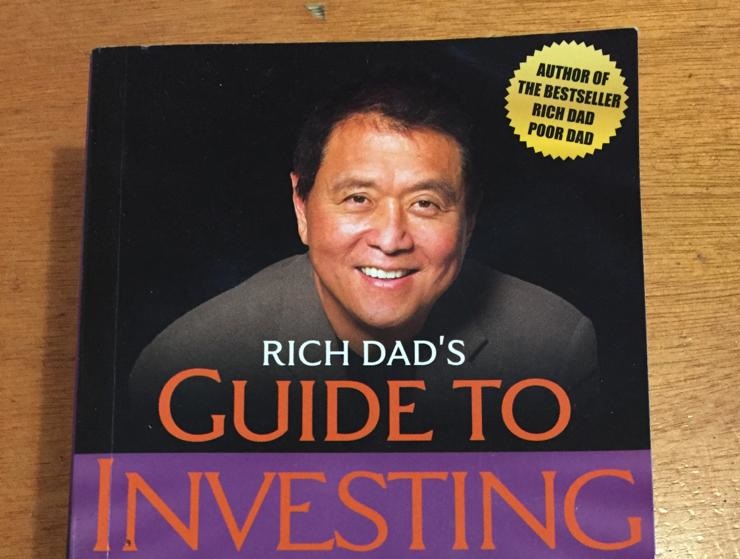

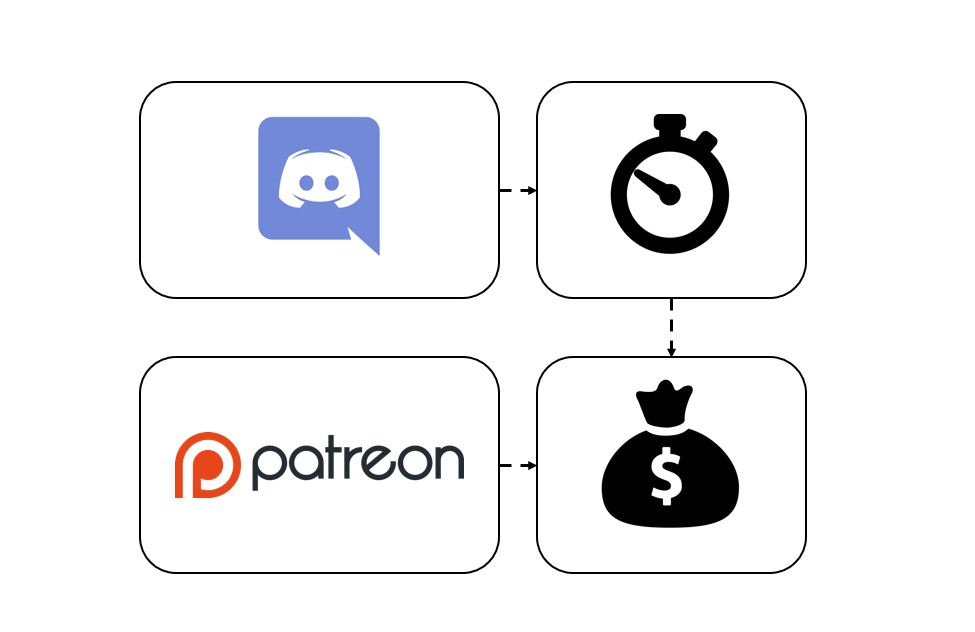
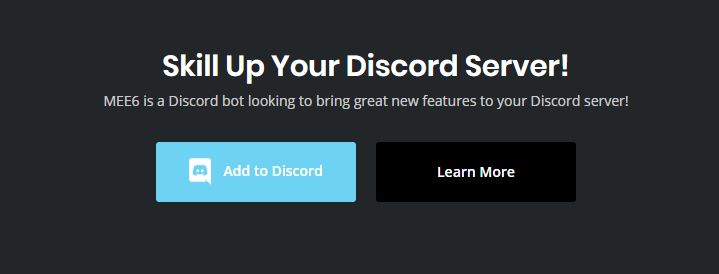
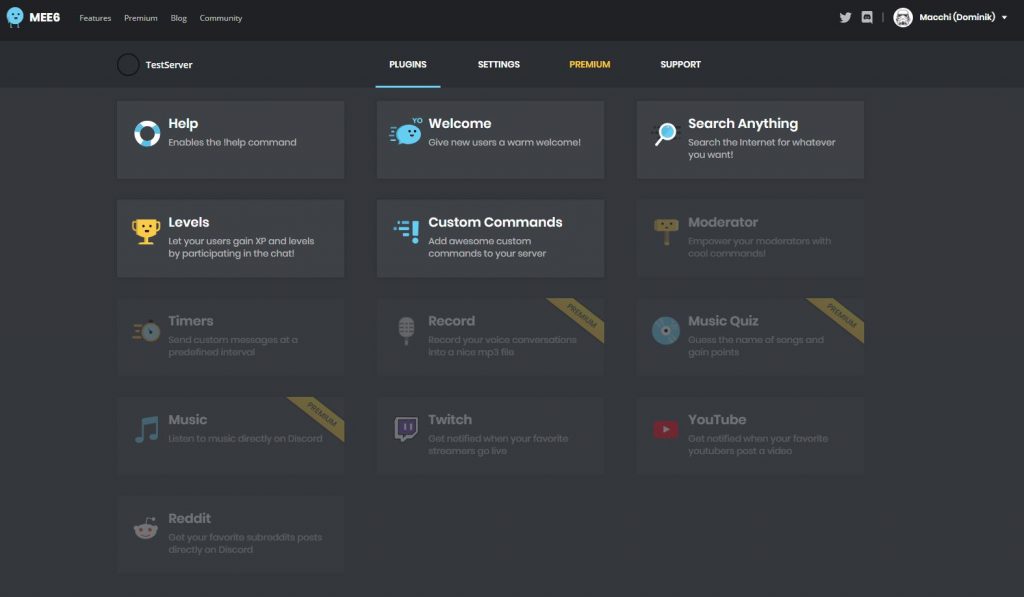
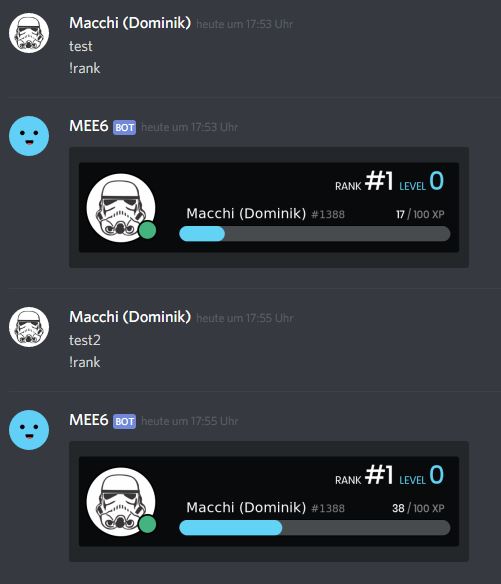

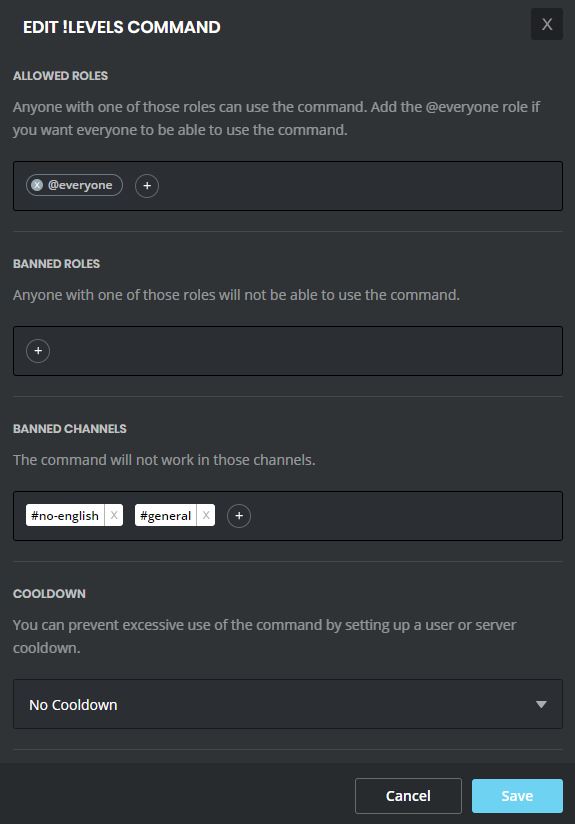

 USER#3576 has been warned.
USER#3576 has been warned.